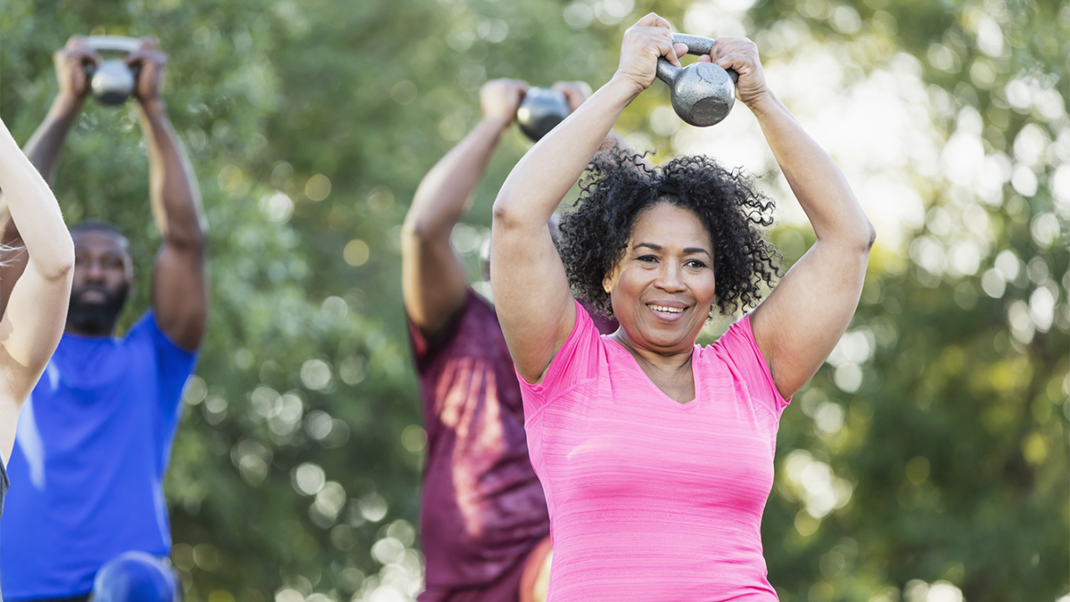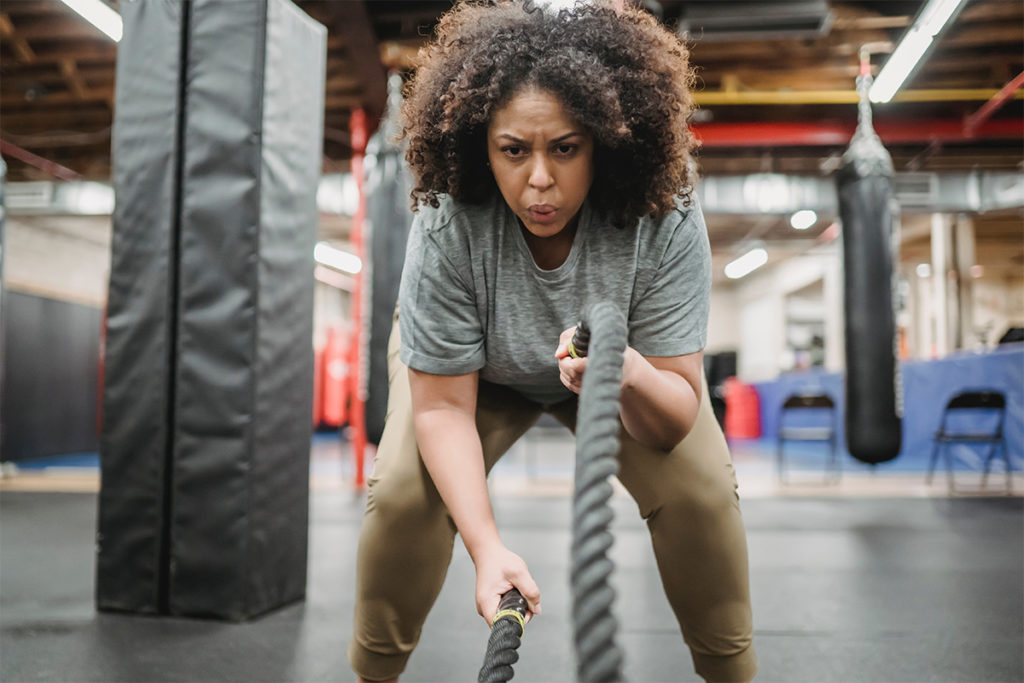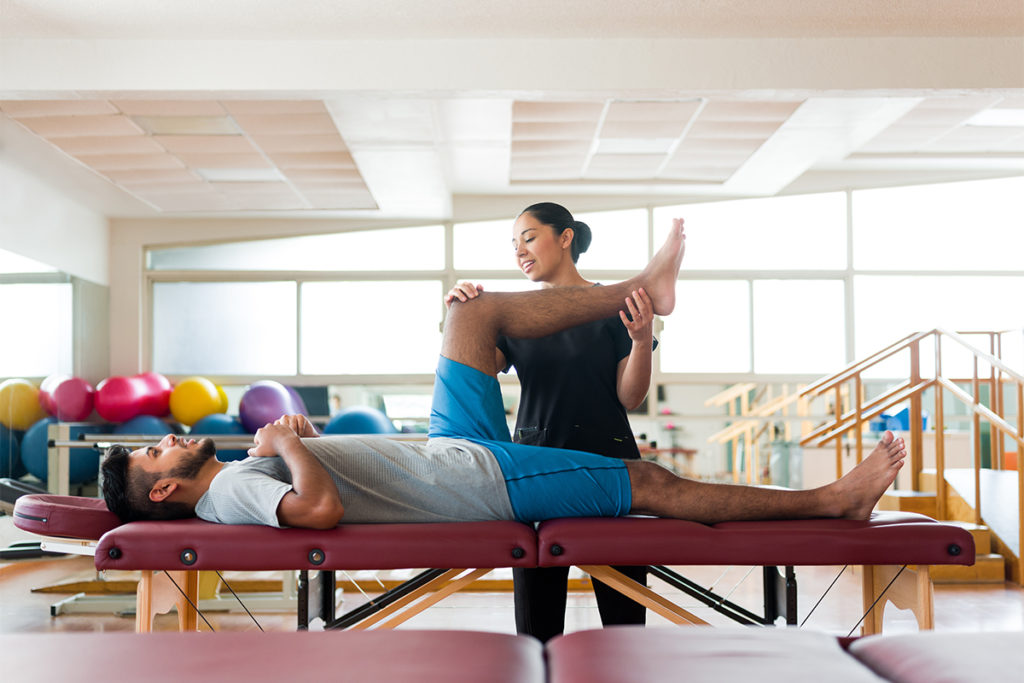Exercise and the Menstrual Cycle
Understanding the Connection for Better Health and Performance

Why the Menstrual Cycle Matters in Fitness
Understanding how the menstrual cycle affects physical activity—and how exercise, in turn, impacts the menstrual cycle—is essential for anyone who menstruates and seeks to maintain a healthy, balanced fitness routine. Despite being a natural part of life, the menstrual cycle is often overlooked in fitness discussions. However, science shows that hormonal fluctuations throughout the cycle can influence energy levels, recovery, performance, and overall well-being. By learning to work with—not against—these changes, individuals can tailor their workouts to their body’s needs and support both physical health and mental resilience.
The Four Phases of the Menstrual Cycle and Their Impact on Exercise
The menstrual cycle typically lasts between 21 and 35 days and is divided into four main phases: the menstrual phase, follicular phase, ovulation, and luteal phase. Each phase is characterized by different hormone levels, primarily estrogen and progesterone, which influence various physiological processes.
Menstrual Phase (Days 1–5):
During menstruation, estrogen and progesterone levels are at their lowest. This is when many people experience cramps, fatigue, and mood fluctuations. Although it might be tempting to skip workouts during this time, light to moderate exercise—such as walking, gentle yoga, or low-impact strength training—can actually help alleviate symptoms. Exercise increases blood flow and releases endorphins, which act as natural pain relievers and mood boosters (Daley, 2008).
Follicular Phase (Days 6–14):
As estrogen levels rise, many people experience an increase in energy, better mood, and faster muscle recovery. This is an ideal time for high-intensity workouts, strength training, or trying new fitness challenges. Research shows that higher estrogen during this phase may enhance exercise performance and endurance (Janse de Jonge, 2003).
Ovulation (Around Day 14):
This is the midpoint of the cycle, when estrogen peaks and an egg is released. Some individuals feel their strongest and most confident during this window. However, due to increased ligament laxity, there may also be a heightened risk of injury during high-impact exercises (Hewett et al., 2007). Emphasizing proper warm-ups and form is key.
Luteal Phase (Days 15–28):
During this phase, progesterone levels rise. While this hormone is essential, it can also lead to increased body temperature, reduced tolerance to heat, and fatigue. People may feel more sluggish, bloated, or emotionally sensitive. Moderate-intensity workouts, swimming, stretching, and mindfulness activities may feel more manageable. Flexibility and self-compassion are crucial during this time.

The Long-Term Benefits of Syncing Workouts with Your Cycle
Understanding and adapting to your cycle is not just about comfort—it’s about promoting hormonal balance and long-term health. Regular exercise has been linked to more consistent menstrual cycles and reduced symptoms of premenstrual syndrome (PMS). Studies suggest that people who exercise regularly may experience less severe cramps, mood swings, and fatigue (Brown & Brown, 2010). Consistent physical activity also improves insulin sensitivity, cardiovascular health, and emotional well-being—all of which are connected to hormonal balance.
Tracking Your Cycle for Smarter Fitness Planning
Tracking your cycle—whether through apps, journals, or wearable tech—can help identify patterns in energy, mood, and performance. Over time, this insight allows you to customize your training schedule to match your body’s natural rhythms. This supports a more sustainable and enjoyable fitness experience, especially for those managing conditions like polycystic ovary syndrome (PCOS), endometriosis, or irregular cycles.
Embracing the Cycle, Empowering Your Fitness
The menstrual cycle is a powerful biological rhythm that deserves a central role in how fitness is approached. By understanding the hormonal shifts throughout the month and responding with supportive exercise choices, people who menstruate can improve their health, performance, and relationship with their body. Rather than viewing the cycle as an obstacle, embracing it as an ally leads to more effective and compassionate fitness journeys.
References
Brown, J., & Brown, S. (2010). Exercise for dysmenorrhea. Cochrane Database of Systematic Reviews, (2), CD004142. https://doi.org/10.1002/14651858.CD004142.pub2
Daley, A. (2008). Exercise and primary dysmenorrhoea: A comprehensive and critical review of the literature. Sports Medicine, 38(8), 659–670. https://doi.org/10.2165/00007256-200838080-00004
Hewett, T. E., Zazulak, B. T., Myer, G. D., & Ford, K. R. (2007). A review of electromyographic activation levels, timing differences, and increased anterior cruciate ligament injury risk in female athletes. British Journal of Sports Medicine, 41(8), i33–i38. https://doi.org/10.1136/bjsm.2007.037515
Janse de Jonge, X. A. K. (2003). Effects of the menstrual cycle on exercise performance. Sports Medicine, 33(11), 833–851. https://doi.org/10.2165/00007256-200333110-00004


